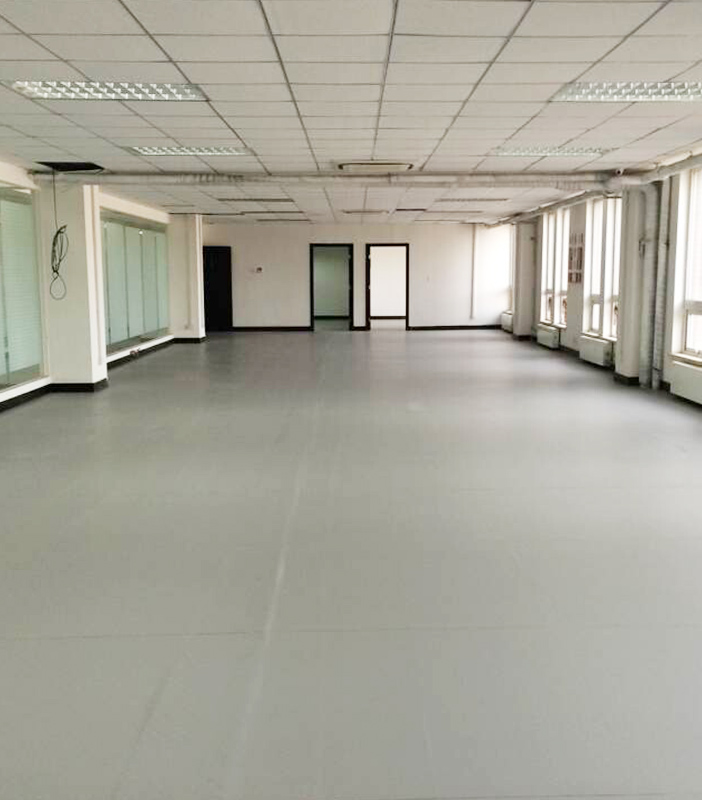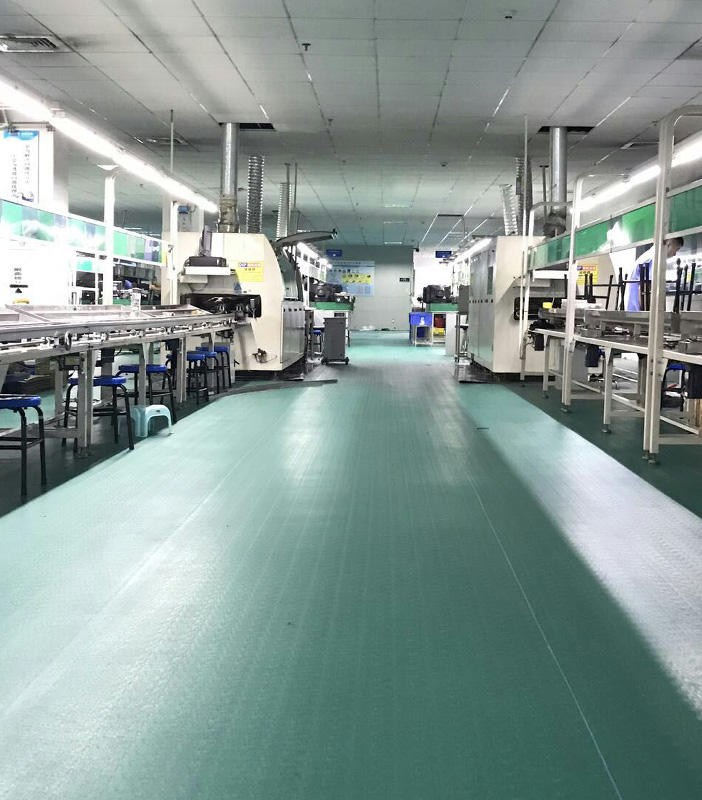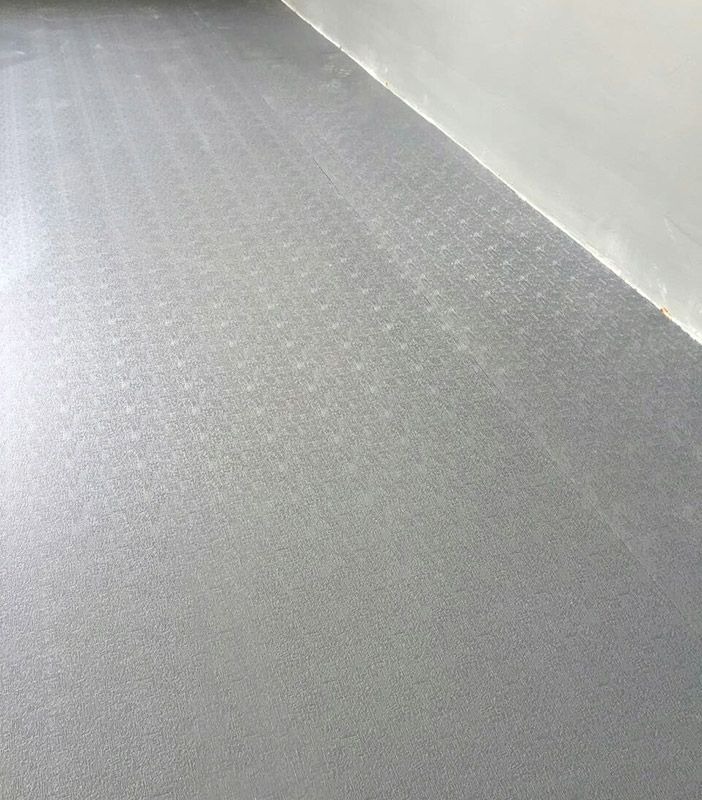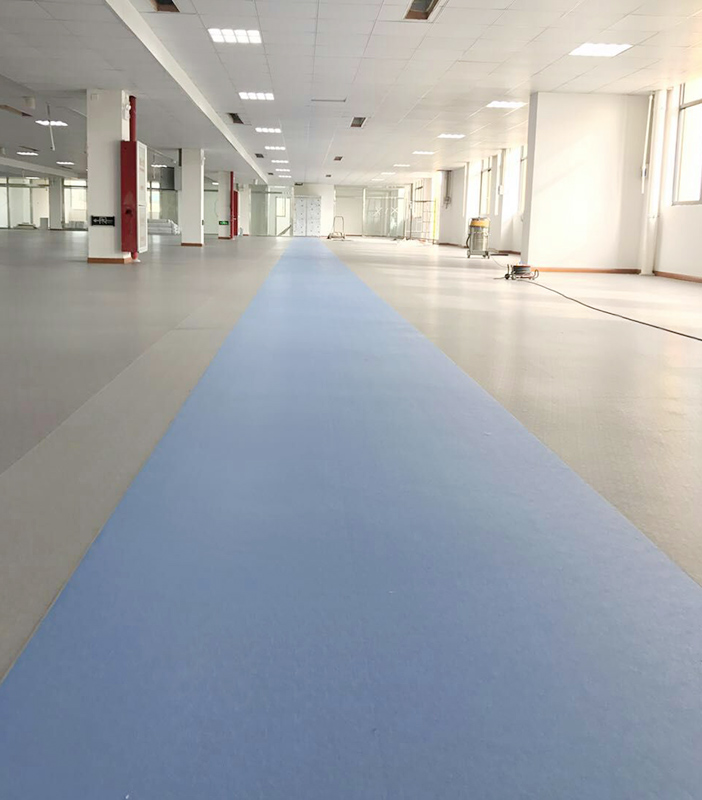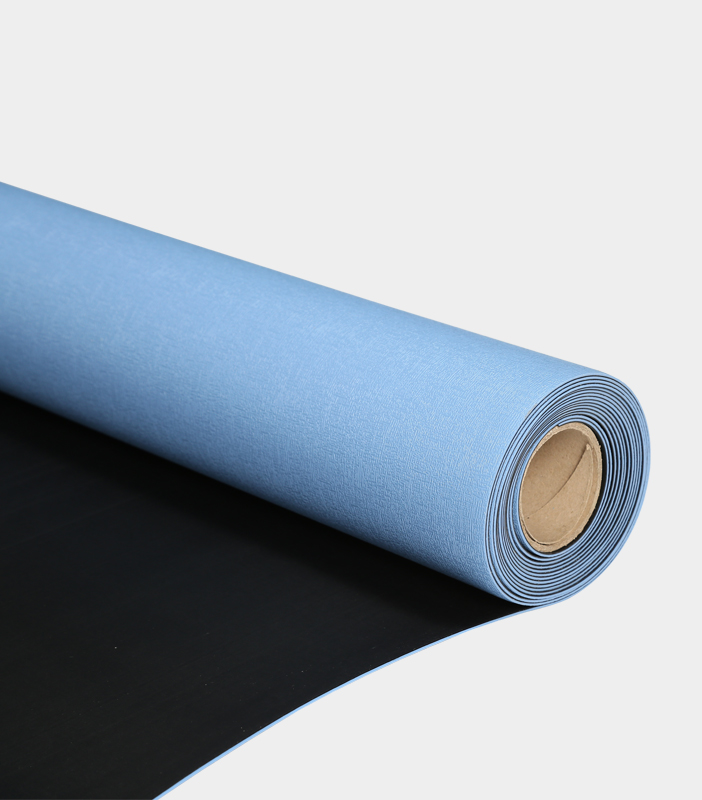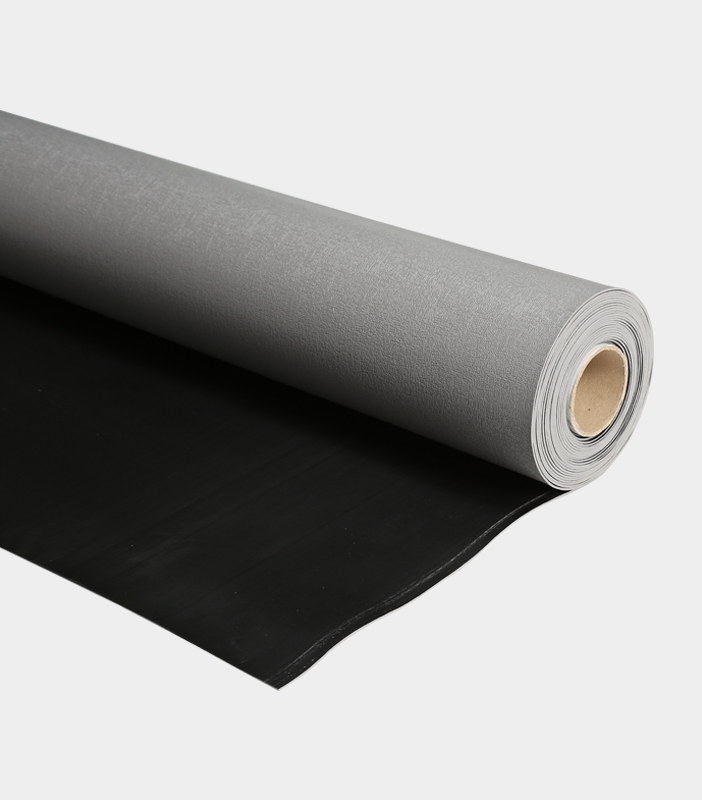In the realm of electronics manufacturing and other industries where electrostatic discharge (ESD) poses a significant risk, the choice of an effective ESD mat for tables is critical. These mats not only protect sensitive electronic components but also ensure the safety of personnel working in environments prone to static electricity. To make an informed decision when selecting an ESD mat for your table, consider the following key features:
1. ESD Protection Capability: The primary purpose of an ESD mat is to dissipate static charges effectively. Look for mats that meet recognized industry standards for ESD protection, such as ANSI/ESD S20.20 or IEC 61340-5-1. These standards ensure the mat's ability to control static discharge.
2. Surface Resistance: A quality ESD mat should have a low surface resistance, typically measured in ohms per square. Lower surface resistance means better ESD protection. Mats with a surface resistance of around 10^6 to 10^9 ohms are suitable for most applications.
3. Durability: ESD mats for tables should be durable and able to withstand the rigors of a workspace. Look for mats made from robust materials like rubber or vinyl, which can resist wear, tear, and chemical exposure.
4. Chemical Resistance: In environments where chemical spills are possible, mats with chemical resistance are crucial. Ensure that the mat material can withstand exposure to common chemicals without degradation.
5. Size and Customization: Choose a mat size that fits your table or work area adequately. Some manufacturers offer customizable sizes to ensure a perfect fit for your specific needs.
6. Thickness: Mats come in various thicknesses, typically ranging from 2mm to 3mm. Thicker mats can provide additional cushioning and comfort for workers who stand for extended periods.
7. Grounding Options: ESD mats must be grounded properly to function effectively. Look for mats with grounding snaps or options to connect to a grounding system easily.
8. Resistance to Tears and Punctures: Mats should resist tears and punctures to maintain their ESD protection capabilities. Reinforced edges or construction can enhance durability.
9. Easy Cleaning: Choose mats that are easy to clean and maintain. A smooth, non-porous surface allows for quick cleanup of spills and contaminants.
10. Static-Dissipative Layers: Some ESD mats have a multi-layer construction with a static-dissipative top layer and a conductive bottom layer. This design aids in charge dissipation while providing a durable surface.
11. Compatibility with Grounding Wrist Straps: If you require wrist straps for personnel grounding, ensure that the ESD mats have provisions for connecting these straps.
12. Color Coding: Some mats come in different colors for specific applications or to differentiate workstations. Color coding can be helpful for organization and safety.
Selecting an effective ESD mat for tables involves careful consideration of several key features. These features ensure that the mat not only provides robust ESD protection but also meets the specific needs of your workspace. Investing in a high-quality ESD mat is a fundamental step in creating a safe and static-free environment for electronics manufacturing and other industries where ESD control is crucial.

 简体中文
简体中文 English
English España
España Deutsch
Deutsch